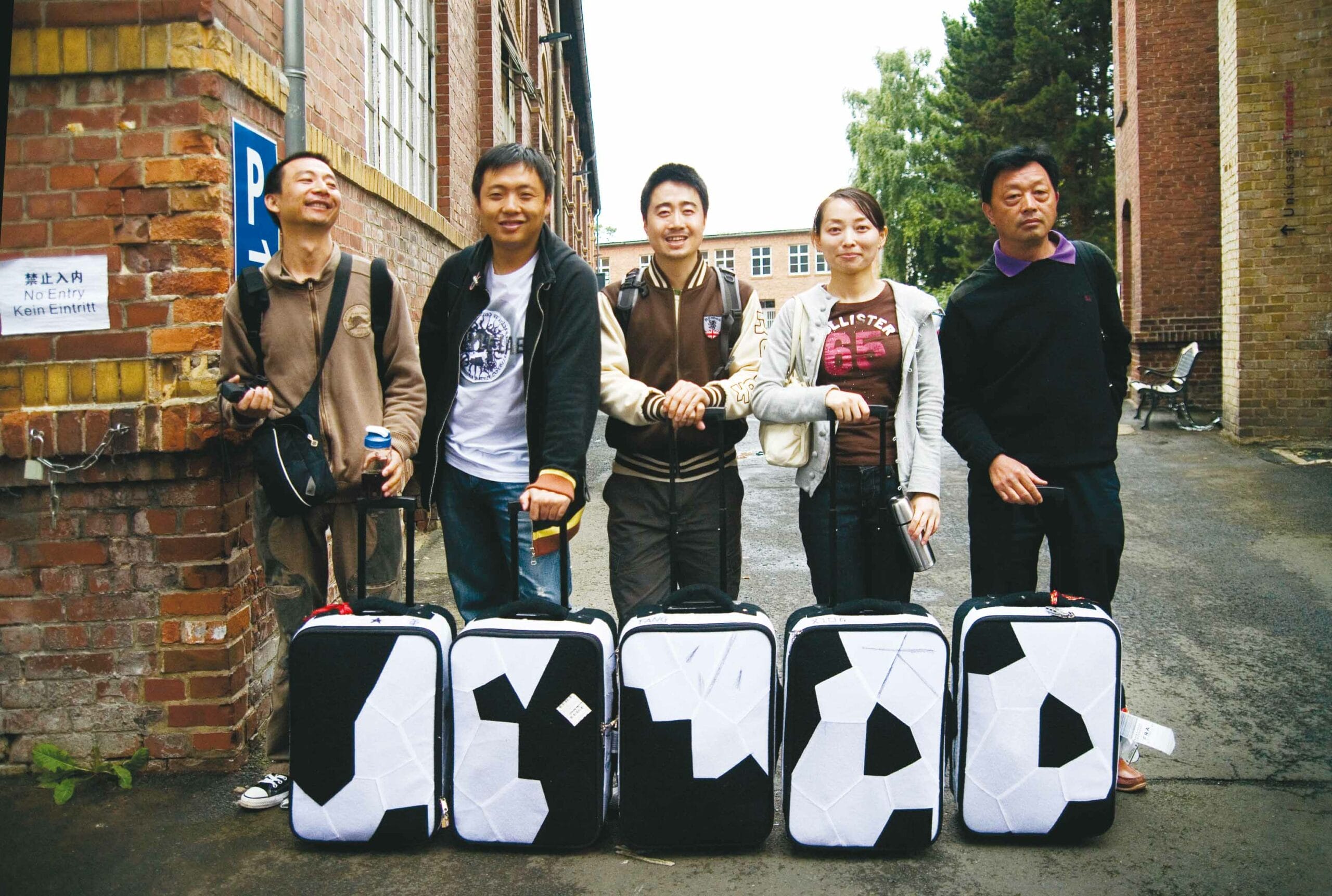
Photo: Julia Zimmermann & documenta GmbH, courtesy of Galerie Urs Meile, Pékin & Lucerne, Fondation Leister & Fondation Erlenmyer, Switzerland
The Grand Tour, between Biennials and the Ancien Regime
The Grand Tour, after all, is a precise historical concept rooted in eighteenth-century Europe, in what is still referred to (although with increasing prudence) as the Enlightenment. It was “an initiatory journey that [permitted] young Anglo-Saxon gentlemen … to enhance their knowledge of social and political practices of the diverse nations of the Continent, while immersing themselves in classical culture in Italy.”1 1 - Pierre Chessex, “Grand Tour,” in Dictionnaire européen des Lumières, ed. Michel Delon (Paris: Presses universitaires de France, 1997), 599 (our translation). Where to start with deconstructing this description? Each phrase is a time bomb in today’s climate of historiographical revisionism; already in 2007 (and even more in 2017, when it was revisited in the arts press), the concept was not completely innocent.
